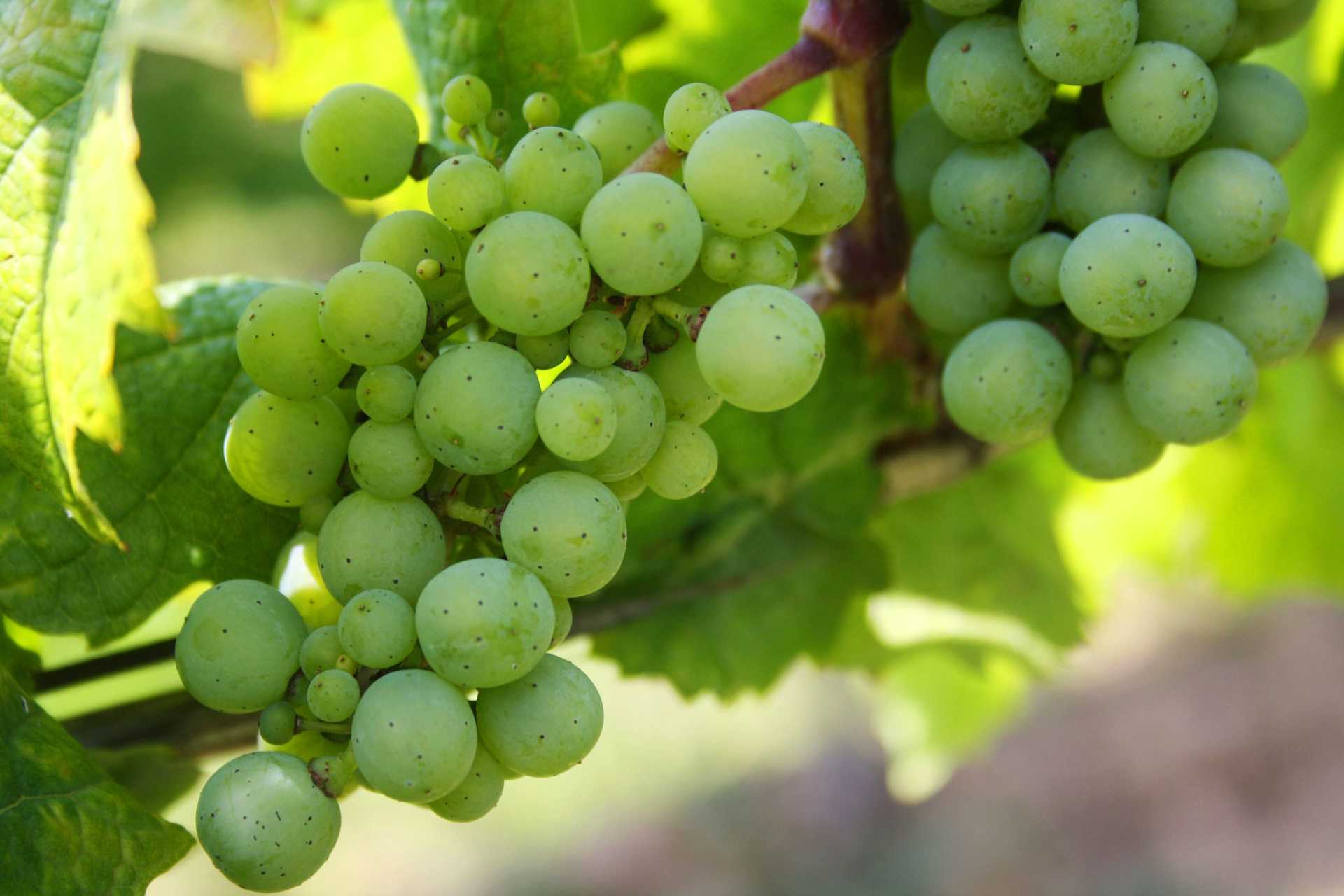2 Brothers Big Tattoo White 2004


Product Details
Your Rating
Somm Note
Winemaker Notes
This wine comes from two brothers, Alex, a wine importer, and Erik, a tattoo artist. Together they created Big Tattoo White, in honor of their mother, Liliana, who passed away from cancer in 2000. Alex created the blend and Erik designed the label using Liliana's favorite symbol, the Fleur de Lys. For every bottle sold, the brothers donate 50 cents to Capital Hospice and other breast cancer related charities in the name of Liliana S. Bartholomaus. To date, Big Tattoo Wines has raised over $850,000 for charity.

Alex Bartholomaus, President and CEO of Billington Imports in Springfield, Va., created this unique blend in Chile. Alex then teamed up with his brother Erik, an established world-traveling tattoo artist, to design a fun label that would remind the two of their mother. Erik designed the label and they named their creation Big Tattoo Red.
It was the Bartholomaus brothers' goal to honor their mother, who lost her battle against cancer in 2000. They wanted to do this in a creative and beneficial way. These fun wines boast a label with a Fleur de Lys, Liliana's favorite symbol.
A donation from every bottle sold is donated to the Hospice of Arlington, Va., and other breast cancer research foundations in the name of Liliana S. Bartholomaus. In an effort to expand this project even more, the brothers are now producing Big Tattoo White, a Riesling blend from Germany and a Syrah from Chile.

With hundreds of white grape varieties to choose from, winemakers have the freedom to create a virtually endless assortment of blended white wines. In many European regions, strict laws are in place determining the set of varieties that may be used in white wine blends, but in the New World, experimentation is permitted and encouraged. Blending can be utilized to enhance balance or create complexity, lending different layers of flavors and aromas. For example, a variety that creates a soft and full-bodied white wine blend, like Chardonnay, would do well combined with one that is more fragrant and naturally high in acidity. Sometimes small amounts of a particular variety are added to boost color or aromatics. Blending can take place before or after fermentation, with the latter, more popular option giving more control to the winemaker over the final qualities of the wine.

As the world’s northernmost fine wine producing region, Germany faces some of the most extreme climatic and topographic challenges in viticulture. But fortunately this country’s star white wine variety, Riesling, is cold-hardy enough to survive freezing winters, and has enough natural acidity to create balance, even in wines with the highest levels of residual sugar. Riesling responds splendidly to Germany’s variable terroir, allowing the country to build its reputation upon fine wines at all points of the sweet to dry spectrum, many of which can age for decades.
Classified by ripeness at harvest, Riesling can be picked early for dry wines or as late as January following the harvest for lusciously sweet wines. There are six levels in Germany’s ripeness classification, ordered from driest to sweetest: Kabinett, Spätlese, Auslese, Beerenauslese, Trockenbeerenauslese and Eiswein (ice wine). While these German wine classifications don’t exactly match the sweetness levels of the finished wines, the Kabinett category will include the drier versions and anything above Auslese will have noticeable—if not noteworthy—sweetness. Eiswein is always remarkably sweet.
Other important German white wine varieties include Müller-Thurgau as well as Grauburguner (Pinot Gris) and Weissburguner (Pinot Blanc). The red wine, Spätburgunder (Pinot Noir), grown in warmer pockets of the country can be both elegant and structured.
As the fourth largest wine producer in Europe (after France, Italy and Spain), in contrast to its more Mediterranean neighbors, Germany produces about as much as it consumes—and is also the largest importer of wine in the E.U.